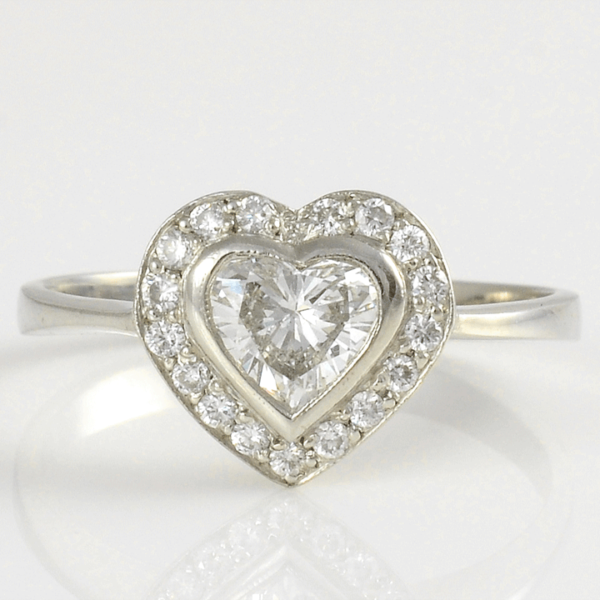Nowadays, diamonds are known as not only the birthstone for April, but the gemstone for the 60th and 75th wedding anniversaries. The original diamond is a colorless stone, and is graded on a letter scale, from D (colorless) to Z (light yellow). Colored diamonds are increasing in popularity and value, and can be found in colors like brown, yellow, and black. The most expensive gemstone ever sold is a 59.6 carat pink diamond, known as the “Pink Star”.
